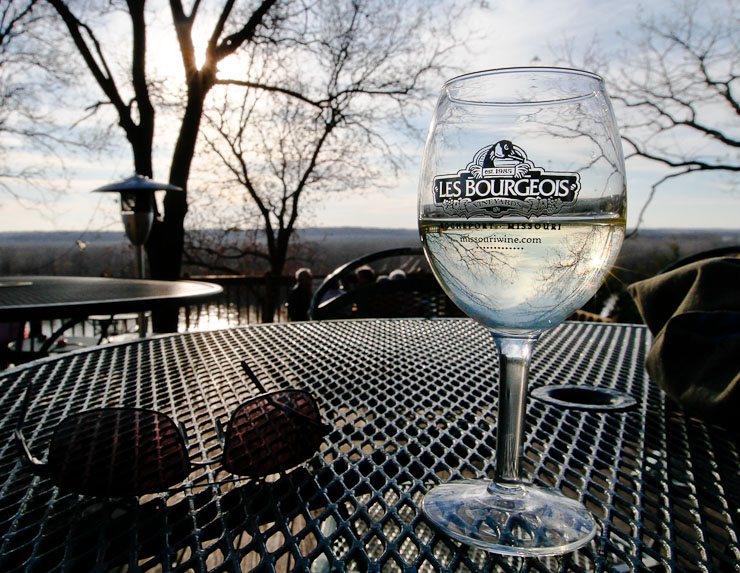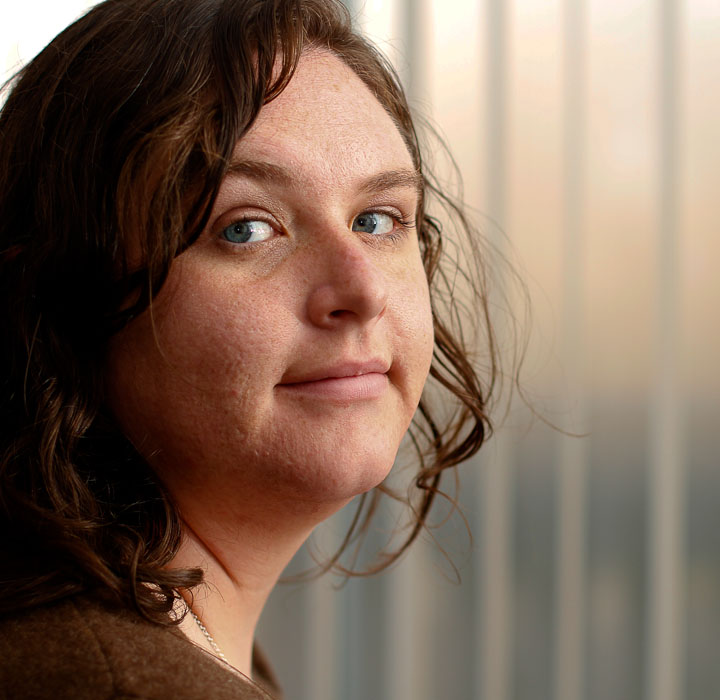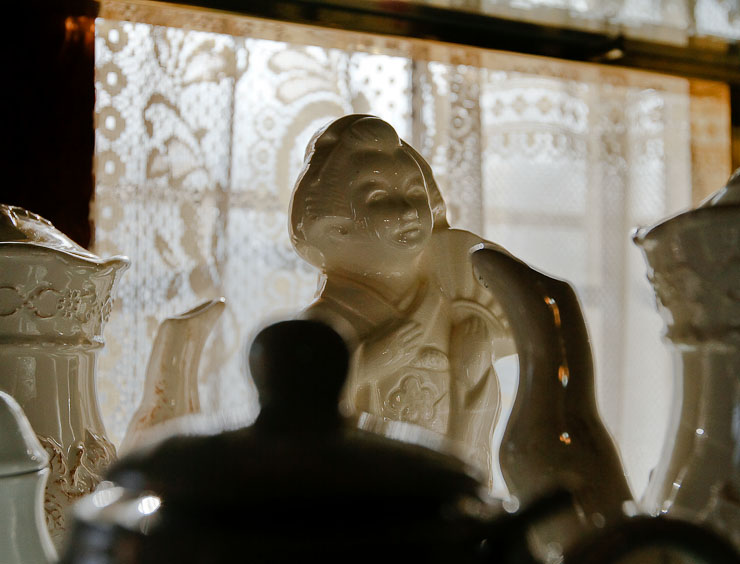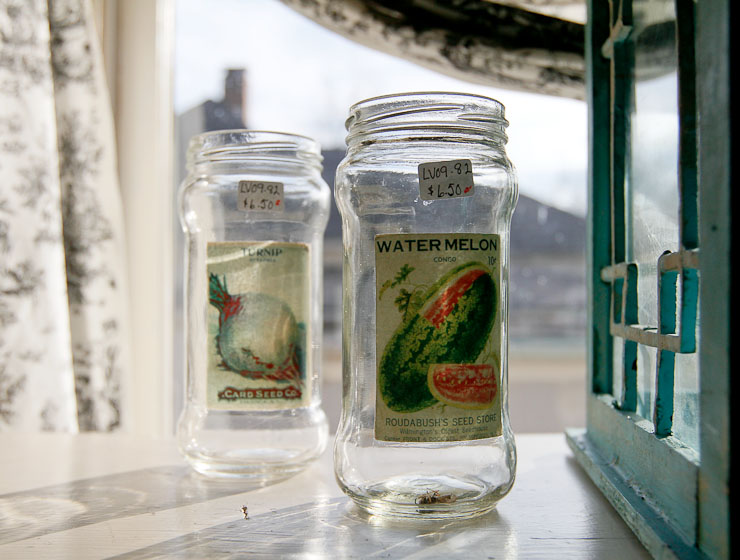
A belated Happy Thanksgiving to American readers of this blog. Here in Columbia, Mo., the weather has been ridiculously warm, with today reaching 71 degrees Fahrenheit. The past few days have been fairly relaxing–a welcome reprieve from the rest of the semester. I have mostly been using the 7D to continue my evaluation of the body.
Of particular interest to me was the usefulness of the new built-in wireless transmitter for the Canon speedlite system, shadow noise, and live-view functionality.
More after the jump!

Flash Control
Over the past year, I have been increasingly frustrated with Canon’s flash system as I have had a number of opportunities to use Nikon’s “Creative Lighting System” (CLS) and found it to be very intuitive and flexible. That said, on cameras like the D700, its implementation was still not perfect as the controls for the wireless flashes was buried in the “wrench” menu under flash controls / built in flash. Sadly, Canon did not improve on ease of access when they designed the 7D’s wireless control menu. And the Nikon CLS still has Canon beat in one area: wireless rear curtain sync. Why this cannot be accomplished on the Canon system without use of third party devices, such as the latest beta firmware for PocketWizards with ETTL control (or a flash mounted on the hotshoe to fire slaved flashes with “dumb” electric eyes or Nikon flashes in SU-4 mode) is simply beyond me. It’s stupid simple on the Nikon system.
What I can say is that the 7D’s implementation of wireless flash is simple–and strong–enough that I plan on selling my ST-E2 flash transmitter. Yes, I would need it for my 5D II or future pro bodies without built-in flashes, but I primarily use radio remotes, negating the benefit of having a wireless ETTL system any ways! That said, it can be really nice to have the option of simply leaving a flash pointed at the corner of room for some quick portraits, such as the one above of my girlfriend while we were waiting for the turkey to come out of the oven.

Shadow Noise
There are some scenes that simply have too great a contrast range to be recorded in any reasonable way without using fill flash. But what about when you don’t want to use flash? Expose for the highlights and let everything else fall into place, like I did with the image above, for which I also used Canon’s “Highlight Tone Priority” custom function. I’ve heard from some people that this function doesn’t do much (if anything), but it seems to give me another 1/3 to 2/3’s of highlight detail, so I’ll use it in a pinch.
Here, the figurine was severely backlit but I did not want to use flash at all. I lightened the midtones significantly in Lightroom in post–on a JPEG capture as I am not yet shooting RAW from this camera. What I can say is that the noise was handled well, requiring only a touch of Lightroom’s color noise and luminance noise controls to eliminate it while preserving detail. It’s nothing mind-blowing, but the 7D at least does not seem to lag behind other cameras in its class.

Live View for Hand-held Photography
One of the more useful improvements has been in the ease of access to Live View (displaying the sensor’s view on the rear screen). While it is accessed by its own button on my 5D Mark II as well, the button makes more “sense” on the 7D, and is separate from movie mode, allowing Live View to be left on the “exposure simulation” mode, which also provides a live histogram, unlike the movie mode, which is incompatible with this viewing mode within Live View. This also makes Live View less useful on the 5D–it often winds up being a dedicated “movie” mode on that camera.
In addition to ease of access, focus is now achieved the same way that you set the camera for autofocus in normal conditions. On the 5D II, it was only possible with the AF-ON button, but now, if you use the shutter button as your AF button as well (as I still do–I make my AF button on the rear an AF “STOP” button), you don’t have to do anything differerntly to focus in Live View on the 7D. Also, the ability to rotate between seeing the histogram and seeing the camera’s built-in level superimposed over the screen is a very nice touch. It makes for easier hand-holding for scenes like that above, which was higher than my eye-level, but really needed to be photographed straight-on to make it meaningful. Live View and a fast shutter speed made the image possible.
More thoughts on the 7D, a camera I am finding to be increasingly useful and multi-talented, to follow.
